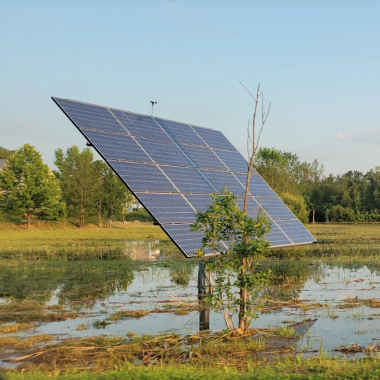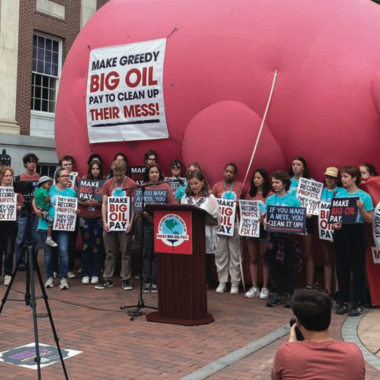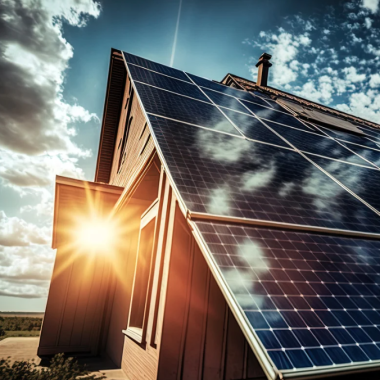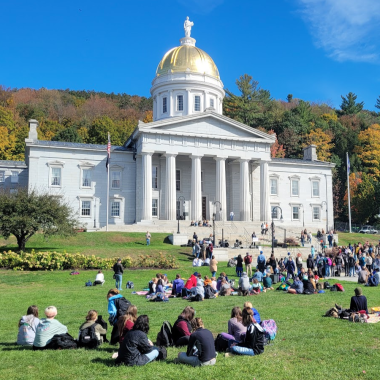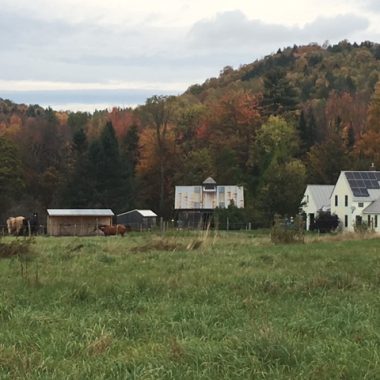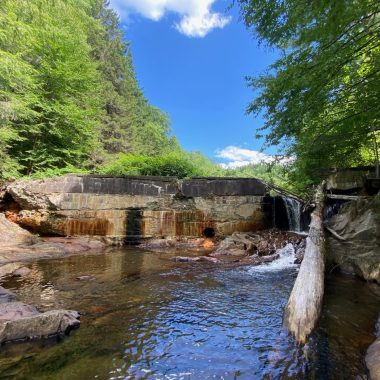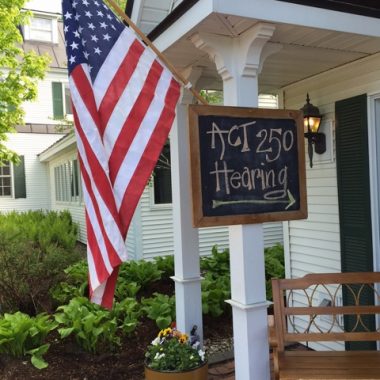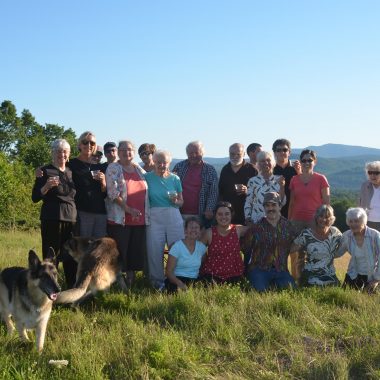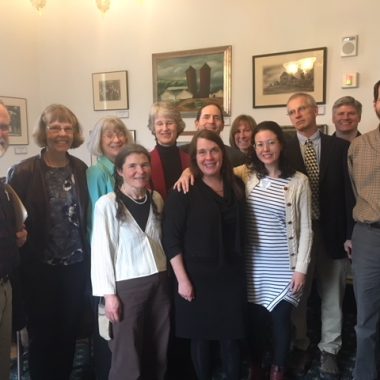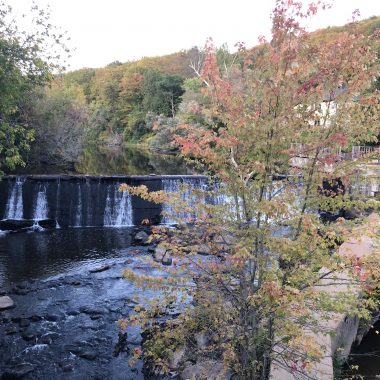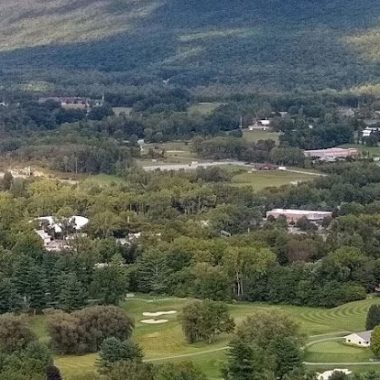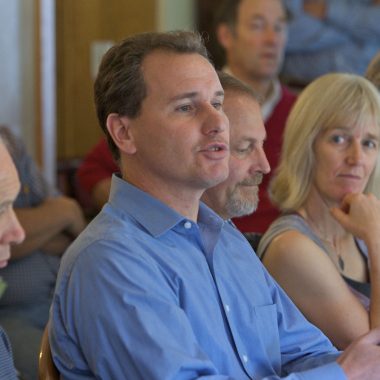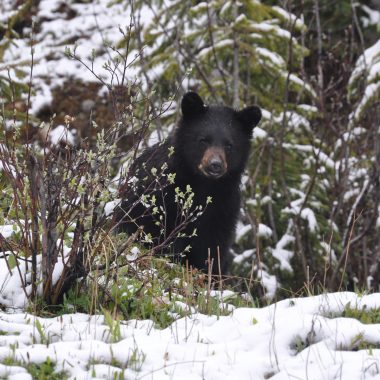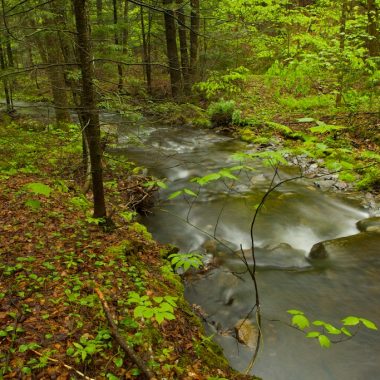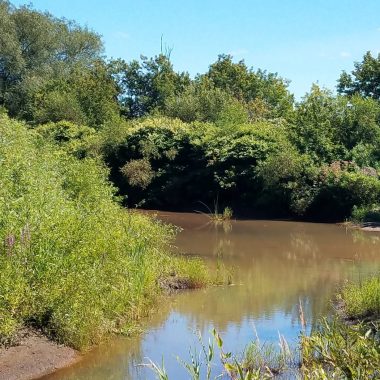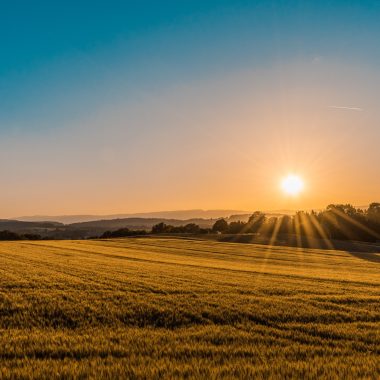
Adopted into Vermont law in 1978, Current Use is a property tax incentive that helps relieve the burden of high property taxes on farm and forest landowners. Eligible landowners can enroll in the program to have their land appraised at its “Current Use” (farming or forestry) value rather than its fair market value. In exchange for this use value assessment, owners keep their land in productive management and pledge not to develop it while they are enrolled.
As a founding member of the Current Use Tax Coalition in the 1980s, VNRC played a vital role in educating and informing the Vermont legislature, the public, and policy-making organizations with facts and research for maintaining Current Use in a fair and equitable manner.
Later, as a participant in a Current Use Task Force within the Vermont Legislature, we promoted greater opportunities to enroll ecologically significant areas in Current Use, bringing more diverse management options to participating landowners (click here to see the final report from the Task Force). Through our work with a coalition of organizations, and in response to pressure from the Legislature to find savings from the Program, we strengthened a weak penalty for withdrawing and developing enrolled land.
In 2022, VNRC successfully advocated to add a new “reserved forestland” category to the program. The new category prioritizes conservation to promote old forests on parcels that are ecologically sensitive or significant.
Current Use underscores one of VNRC’s biggest priorities: helping maintain Vermont’s farm and forest economy, and the state’s traditional settlement pattern of compact villages surrounded by rural countryside.





